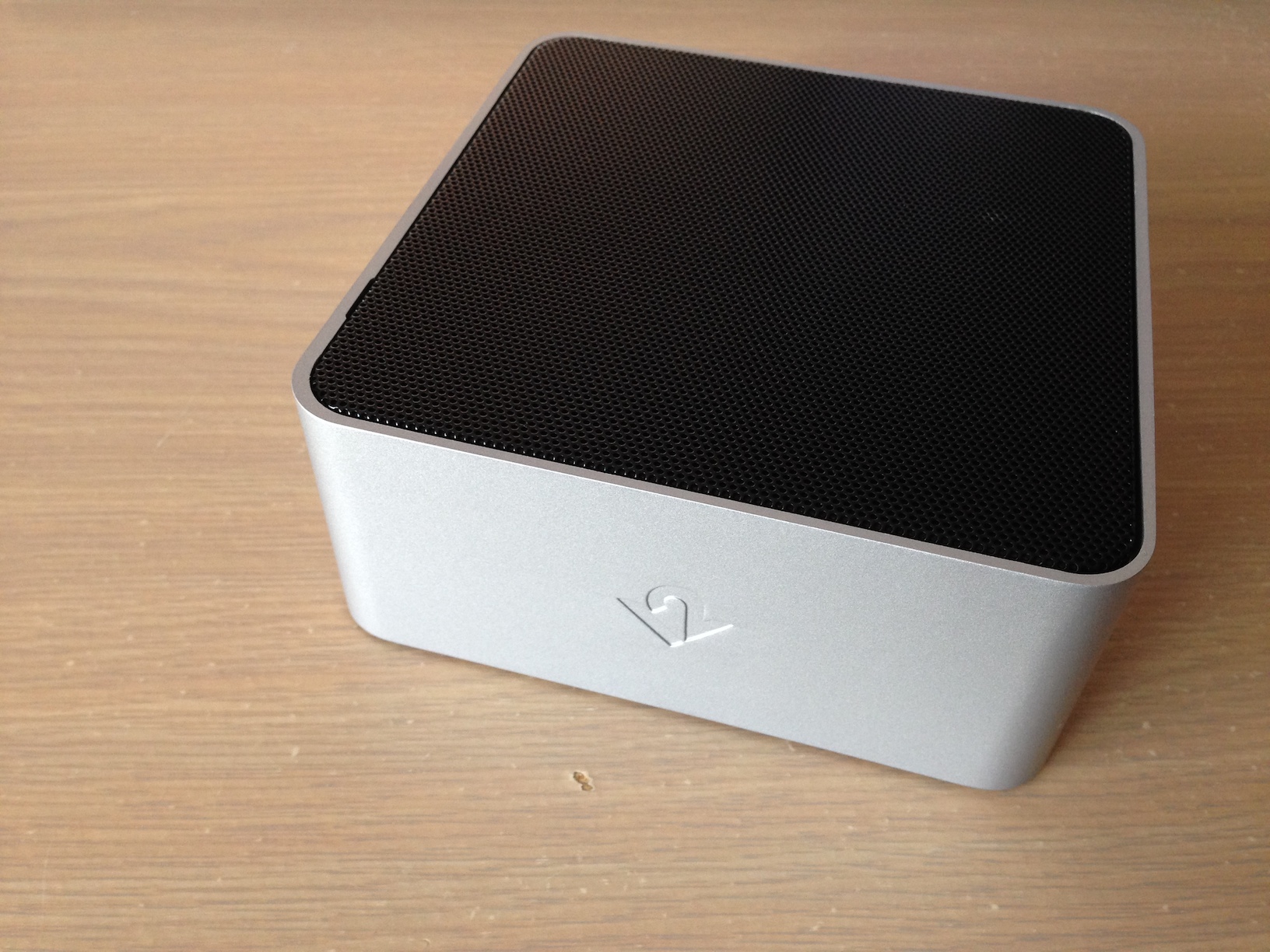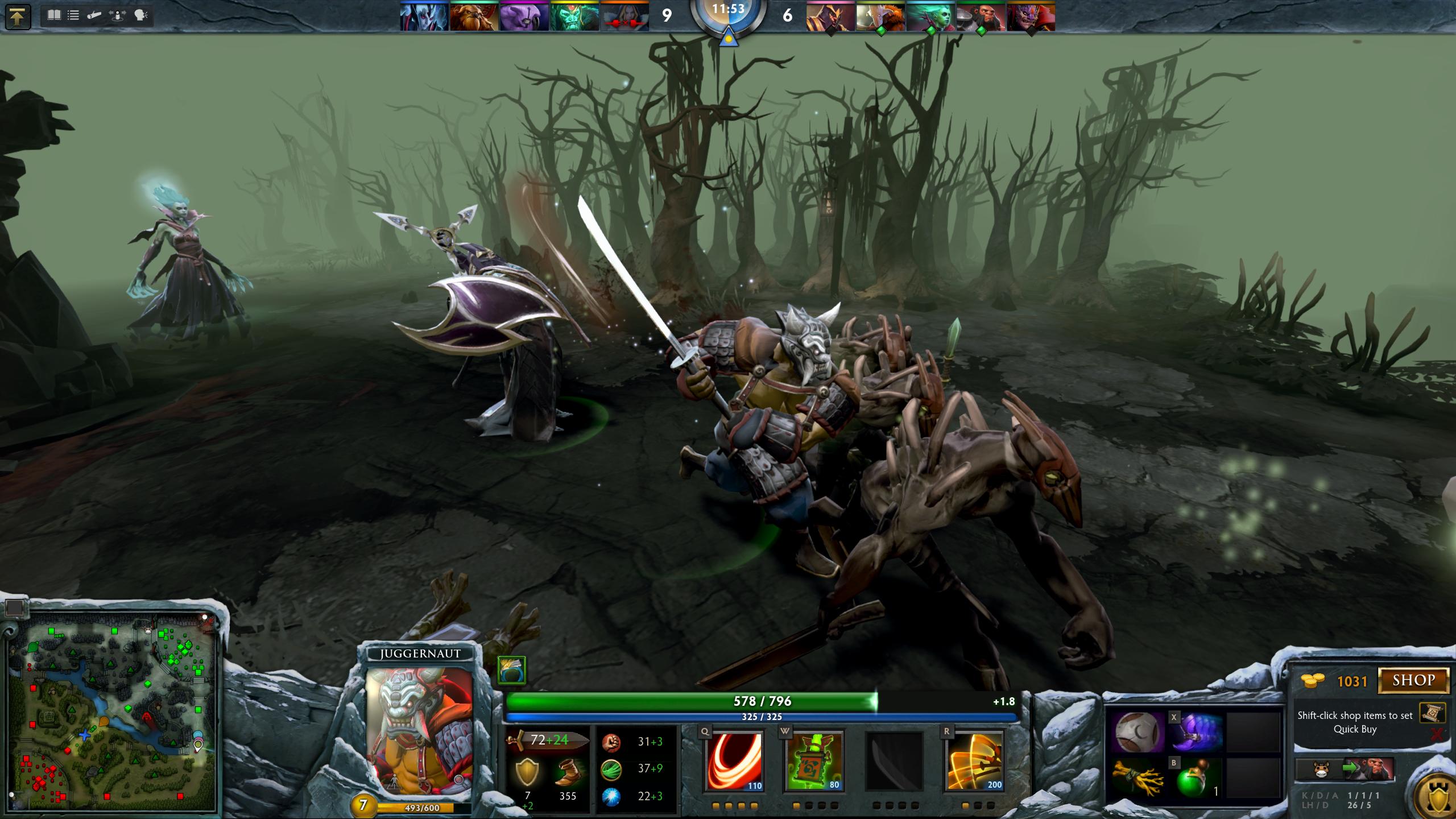Archive | Blog
RSS feed for this sectionBlog Posts.
Point and Click Adventure Game
Casual readers of this blog might think that this will be another post on the latest title from Telltale Games, purveyors of the finest point-and-click adventure games around. I’ve previously reviewed The Walking Dead: Season One (the video game), and plan to dive into The Walking Dead: Season Two and The Wolf Among Us very soon, but no, these aren’t about those kinds of point and click adventure games per se. At least, not the ones you might be thinking about.
I’ve played a lot of ARMA 2. Along with DotA 2, it’s pretty much all I play these days. (According to my Steam stats, DotA 2 has the lead in terms of gameplay time.) It all started with the DayZ mod a few years ago, but since then a few of us have moved on to Wasteland, which is less about scavenging for survival items as it is about simply hunting down and killing others, building bases, that kind of thing. Kind of like a realistic version of Battlefield or Counterstrike, if you will.
Anyway, we’ve been spending a lot of time on a server that doesn’t have that many powerful guns. Perhaps less than ten are are one-hit one kill, and of those, only a handful can do so at range. The M110 with NV Scope is my current favourite weapon, purely because it’s so easy to get kills with it. Provided you’ve calculated the range properly (something that comes with experience, a few map waypoints, or if all else fails, a rangefinder), it’s ridiculously easy to get kills; you can hit someone anywhere and kill them. It also has very little recoil, meaning you can fire off a number of shots in quick succession without having to re-adjust for every shot. All this means it’s a veritable killing machine, in the hands of the right operator (in ARMA 2, anyway).
Short explanation of the video below: it all starts by us hearing about a base to the West of Kamenka. Armed to the teeth, we head over to see if the rumours are true. On the way, an immobile tank objective pops up, and a short while later, we spot an SUV driving along the main road. Things happen rather fast from that point: Janson takes out a tyre with a well-timed and well-aimed shot, which causes the SUV to skid to a halt. One guy doesn’t get out of the (now on fire) SUV fast enough and dies. Strike dies as five others pour out of the vehicle, guns up. I pop up momentarily, manage to kill one with a lucky shot, and get back down. I notice they’re all gathered on the opposite side of the road, next to a wooden house, so I put my eye to the scope, pop up, and take aim. I fire a round just as the first starts to run, and he’s down. I move across to the right, and fire off five more shots. One, hit. Two, hit. Three, hit. Four, miss — I quickly compensate and fire off the last shot. Five, hit. And like any good point and click adventure game, that’s the end of that.
Close Air Support →
Of all the flying aircraft in the world, the A-10 has to be one of my favourites. The Gatling gun on them is so powerful that it can slow the aircraft by a few miles per hour.
Frivolous Internet Purchases, Part I
There’s usually two kinds of online purchases. There are those that you do a ton of research on, looking up reviews, spec sheets, comparisons with other similar products, and whether anything else even comes close to offering better value for money.
Then, there are the ones where you just pull the trigger on something without looking into it beforehand, thinking it will satisfy a particular need or want. Others call these “impulse purchases”, I believe, but I prefer the term “frivolous internet purchases”.
The TwelveSouth BassJump 2 I recently purchased falls squarely into the latter category.
Strangely enough, I couldn’t find it from any of my usual Australian retailers of TwelveSouth gear, so I jumped onto Amazon and ordered it from there. Ordering from Amazon meant it took a little longer to arrive, but I wasn’t in a massive rush to get it anyway.
Before we talk about the BassJump 2, I suppose I better explain why I wanted one in the first place.
I use a set of Audioengine 2 speakers at my desk. They’re a 2.0 set which I bought back in 2009, and I love them to death. They rank among the best speakers I’ve ever used, and are definitely the best 2.0 set I’ve ever come across. I had nothing but praise for them back in 2009 — and in 2014, they continue to impress me with their consistently balanced sound, great mid-range, and capable, punchy, bass.
But as good as they are, I get kind of jealous when I hear the chest-thumping, wall-shaking bass from other, albeit pricier, 2.1 systems. We have a set of Bose CineMate GS Series II speakers at work, and any time we crank up the bass on those bad boys you can feel it. Even the more humbly-priced Companion 5 have much more epic bass by comparison. While I’m generally OK with the bass produced by the Audioengine 2s, it doesn’t scale well — at higher volumes there just isn’t the same amount of bass as there should be. Obviously, units with a dedicated subwoofer will pump out the low-end more than my lowly 2.0 set ever will, but I wondered if there was a way around that didn’t involve adding a bulky bass unit to my compact setup.
Hence, the TwelveSouth BassJump. Technically, the BassJump is marketed as a bass-extension to the inbuilt speakers of any portable Mac, but I thought it’d be able to serve as a compact subwoofer for my Audioengines, too.
It could, and kind of couldn’t, at the same time.
After installing the BassJump driver, I had to plug my Audioengines into the headphone jack1 on my MacBook Pro. Combining the Audioengines and the BassJump was pretty underwhelming — the BassJump just didn’t have the amount of bass that I was expecting, and honestly, the Audioengines produced better bass by themselves, without using the BassJump as a separate subwoofer.
In hindsight, it was probably a little much to expect the same amount of bass as the CineMate’s gargantuan, almost PC tower-sized subwoofer, from a USB-powered subwoofer the size of a desktop external hard drive. I guess that’s why they call them frivolous internet purchases, right?
In any case, the BassJump is great for what they’re marketed as, i.e. a companion to your built-in speakers on your portable Mac. It actually does a great job of providing some much-needed low-end when paired with your inbuilt speakers, which handle mids and highs OK by themselves. But if you already have a great set of 2.0 speakers and are looking to add a little wall-shaking thump, my recommendation is to look elsewhere — there’s probably a reason all dedicated subwoofers are big, bulky things.
-
I knew beforehand that the BassJump was powered by USB, but didn’t know they wouldn’t be compatible with my Thunderbolt dock (the Belkin Thunderbolt Express dock, for those interested). Normally I plug everything into my Thunderbolt dock, including my display, Ethernet, Audioengines, external USB hard drive, iPhone dock, and another USB hub, and that works fine — getting all those peripherals connected to my MacBook Pro via one Thunderbolt cable is great.
But the headphone jack on the Thunderbolt dock shows up as a UPnP audio device on the Mac, which the BassJump driver somehow overrides in order for it to do its own thing over USB, which is why I had to plug in my Audioengines directly to my computer via the headphone jack — the usual UPnP sound device of the Thunderbolt dock had simply disappeared after I installed the BassJump driver. It may also be worth noting that it did not reappear even after uninstalling the BassJump driver. I ended up removing a file called “BassJumpOverrideDriver.kext” from /System/Library/Extensions, reboot, and then my Thunderbolt/UPnP audio device magically re-appeared again.
The Wall
Alternate title: “how can someone who’s played this many games of DotA still be so bad?”
When you start out learning something new, you tend to pick things up quickly. Because you know so little about this new-fangled sport/technology/thing, you go from knowing very little to knowing a lot in a very short space of time. As you keep playing the sport/game or using the technology/thing, you’ll keep learning — perhaps not at the same rate as you did initially, but you’ll still pick things up here and there. You’ll get better and better at whatever new thing you’ve decided to pick up, and just when you feel you’re getting the hang of it — BAM — you hit The Wall.
The Wall is unforgiving. The Wall does not discriminate. The Wall will damn-near halt any progress you thought you were making in your chosen field, whether that be medical biotechnology or something as simple as an online game. Regardless of how well you thought you were going, or how much progress you had made since you started out, eventually, inevitably — almost cruelly — you’ll hit The Wall.
Hitting The Wall is unavoidable. You can do as much as you can to stave it off, but sooner or later, you’ll hit The Wall, and that will be that.
I feel as if I’ve already hit The Wall in DotA. From the games I’ve played in the last little while, while there are specific situations where I was just being stupid and died for no real reason (going in on teamfights when the other team vastly outnumbered us, “helping” by going in on teamfights when one of our carries had already died to a good gank), I feel as though there’s precious little I could have done to improve the situation. I ask myself: did I die too much during the early game? Or did I fail in my duty as a support and not actually support the carries on my team?
Because I’m not really sure of the answers, I’ve found solace in co-op bot games where you still play with other humans, but against bots, mostly on unfair difficulty. I’ve discovered a few things: while bots can smash you if you’re not careful, like any AI they’re predictable once you’ve played a few games against them. For example, they’ll almost always buy-back when you’re taking the high ground tier 3 towers. Mid-game, they’ll start grouping up and methodically taking down towers. They’ll only Rosh if they feel they’re far enough ahead. Because they always carry TPs, you can force them to move by threatening tier-2 towers — 9 times out of ten, they’ll TP from whatever they’re doing to defend the tower. But they’re prone to making mistakes, too — I’ve seen bots overextend when solo, leading to us jumping on them and getting the kill.
Playing bot games only gets you so far, though. It’s fine for practicing heroes you’re unfamiliar with, but totally unsuitable if you actually want to get better at DotA — while humans play similarly to bots, it’s the completely different stuff that will mean humans can successfully gank where bots can’t. What’s more, it’s this situational stuff that will make all the difference between getting better at DotA and staying where I am in terms of MMR.
But that’s the problem, innit — there’s just so much situational stuff to learn. Does Pudge’s ult go through BKB? Yes, in that you’ll disable the unit, but you won’t do any damage. Can a Juggernaut escape Pudge’s ult by using Blade Fury? Apparently yes. Does cancelling Shadow Fiend’s ult by using Vengeful Spirit’s ult to swap him out still trigger the cooldown on Requiem of Souls? Frustratingly, no.
Hence, The Wall. There’s no way around the wall, or under it. You can avoid it altogether by not playing, but that’s not really an option. No, the only way to get past The Wall is through it, even if that means I need to play many, many more games before I start to see improvements in my own game.
Then again, maybe there is no wall at all. Maybe it’s all just a figment of my imagination, an illusion conjured up by the part of myself that doesn’t want to admit I’m simply bad at video games, or perhaps even DotA’s weird matchmaking system that causes me and my party to be matched up with players that have vastly more experience than we do.
Putting aside The Wall — real or not — for a second, the question then becomes: how do I be better at DotA? Will playing more games help? Maybe. Will spectating more games and seeing how others play help? Perhaps. Will winning unfair coop bot games make me a better DotA player? Probably not, but it might make me feel better about myself for a period of time.
There are those that say the only winning move is not to play. That might be true for many games, but I doubt it is for DotA.
Grand Theft Auto V and Everyday Photography →
Brendan Keogh:
Players can take low quality, low resolution photos full of fake noise. I’m sure some people are grumpy about the poor quality of these images (I’m just annoyed at the need to go through and bypass Rockstar’s terrible social media thing as opposed to saving them directly to the PS3), but I love this replication of everyday photography in a game. For many people, photography is no longer a big deal. You don’t stop and perfectly compose a photo with your expensive camera any more. You pull out a phone, take some snaps, throw a fake filter on it, and throw it on social media. Photography is now fleeting as often as it is permanent.
There’s no doubt that photography has become almost infinitely more accessible thanks to the pervasion of smartphones in today’s society, but fleeting? I’m not so sure.
Just because digital is cheap, that doesn’t mean it doesn’t matter.



